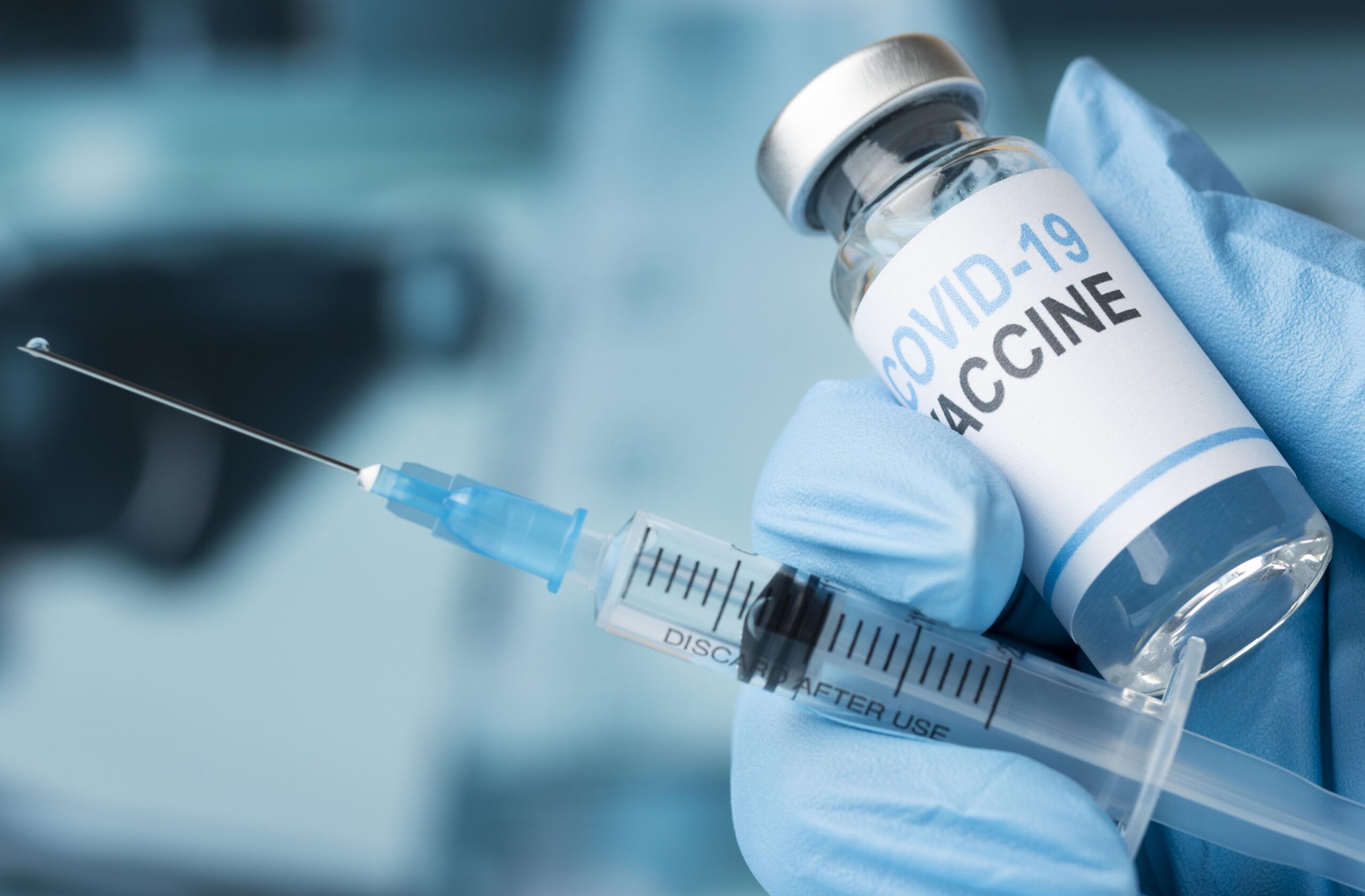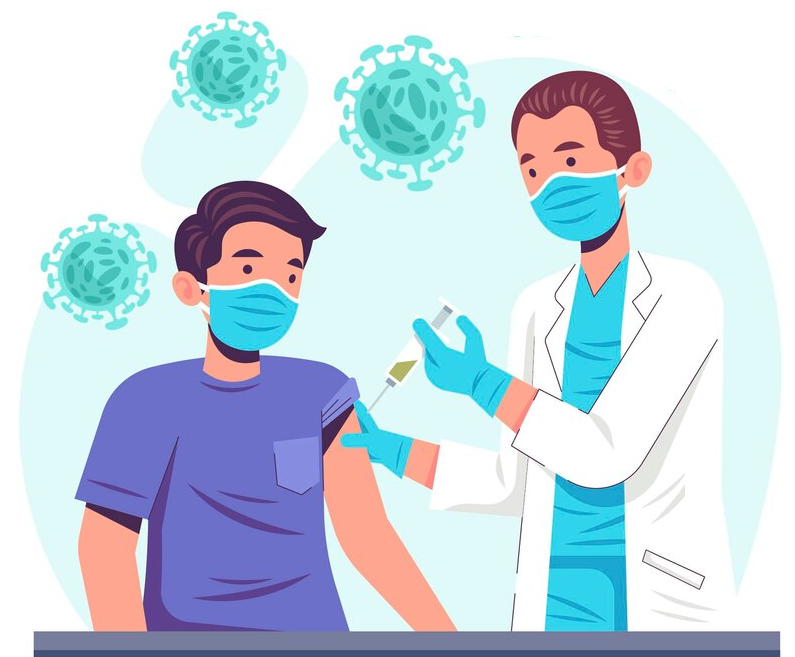S
ince the beginning of 2020, COVID-19 has become a global pandemic. However, please note that the situation was not good and may have improved since then. Here are some important facts about COVID-19:
History and transmission:
In late 2019, the first case of COVID-19 was reported in Wuhan, China. This disease is spreading rapidly around the world, causing a pandemic and disrupting daily life with its economic and social consequences.
Symptoms:
Symptoms of COVID-19 include fever, cough and shortness of breath. However, the disease can cause a variety of symptoms, from mild to severe, and some people may have no symptoms at all.
Prevention Prevention:
Various precautions are recommended to prevent the spread of the disease, such as wearing a mask, observing social distance, washing hands frequently and getting vaccinated. Health officials emphasized the importance of these measures in controlling the spread of the disease.
Vaccines:
Many vaccines against COVID-19 have been developed and approved for emergency use. Vaccination programs have been initiated worldwide to ensure universal disease prevention and reduce the severity of diseases and epidemics.
Part of the Healthcare System:
The surge in COVID-19 has put pressure on healthcare systems worldwide. Hospitals face problems managing patient flow and are concerned about medical capacity and staffing.
Economic impact:
The pandemic has disrupted global supply chains, led to business closures and economic declines in many countries. The government has introduced various measures, including stimulus packages, to reduce the financial impact and support people and businesses.
Travel restrictions:
To prevent the spread of the virus, many countries have implemented travel restrictions, including border closures, quarantine measures, and travel restrictions for traveling around the world.
Variants:
The emergence of new variants of this virus over time raises concerns about their spread, severity, and potential impact on vaccine use. Monitoring and evaluating disparities have become an important part of the public health response.
Covid-19 in India
The Covid-19 situation in India has gone through various phases, including rise and fall in the number of cases. However, please note that the situation is not perfect and may have changed since then. As per my last update, here are some important facts about COVID-19 in India: -19, with the first highest number of cases reported in 2020.
Government:
The Indian government has implemented various measures to control the spread of the virus, including lockdowns, travel restrictions, travel, testing, contact and vaccination plan. States responded differently depending on the severity of the situation.
Vaccination:
India has launched one of the largest vaccination campaigns against COVID-19 in the world. Vaccination aims to cover a large portion of the population to achieve herd immunity and reduce the impact of the disease.
Update:
Like many countries, it has been reported that there is a different virus in India. Monitoring and studying these changes is important to understand their impact on transmission, severity, and vaccine efficacy.
Health Crisis:
The healthcare system is facing challenges due to concerns about the ability to treat, Hospital beds and oxygen during the COVID-19 pandemic. We are working to improve the health infrastructure and solve these problems.
Economic Impact:
The pandemic had an impact on the economy; It caused business disruptions, business closures and disruptions to livelihoods. Governments use financial services to support individuals and businesses.

World’s First Quarantine
The Chinese government implemented the first national quarantine in response to the COVID-19 outbreak in Wuhan, Hubei Province. Quarantine started on January 23, 2020. Wuhan is the center of the outbreak of the new SARS-CoV-2 virus.
Chinese authorities have taken unprecedented measures to contain the virus, including travel restrictions, closure of public transportation and strict measures. This closure is an important step in efforts to contain the disease and prevent further spread of the disease.
From now on, as the virus spread around the world, many countries implemented their own quarantines and restrictions to limit the spread of the COVID-19 virus. The duration and severity of the curfew varies across the country, depending on the evolution of the epidemic and local conditions.
India’s first lockdown
India’s first nationwide lockdown in response to the outbreak Prime Minister Narendra Modi announced the COVID-19 outbreak on March 24, 2020. The lockdown, known as the “Janata Curfew”, began as a 14-hour unpaid public curfew on March 22, 2020, to test whether the country was ready for a longer lockdown.
Janata After the ban, the government decided to shut down the country for 21 days starting from March 25, 2020. The lockdown is one of the strictest in the world, with severe movement restrictions and business closures. , the suspension of public transport and measures to promote diversity.
The decision was made to close the country in order to slow the spread of the virus, prevent disruption of health services and give the police extended testing and health service time. The lockdown had a huge impact on the country; It has affected millions of people, businesses and many industries.
During the control of the coronavirus, the quarantine continued in the next stage, with a gradual decrease in some areas (19 hotspots). Over time, quarantines and restrictions evolved as the epidemic grew and the government assessed the situation.

Symptoms of COVID-19
COVID-19, caused by the SARS-CoV-2 virus, can present a wide range of symptoms, and their severity can vary from mild to severe. Some individuals infected with the virus may remain asymptomatic (showing no symptoms), while others may develop symptoms. Common symptoms of COVID-19 include:
Fever:
An elevated body temperature is a common symptom of COVID-19. However, not everyone with COVID-19 experiences a fever.
Cough:
A persistent cough is another common symptom. It may be a dry cough or produce phlegm.
Shortness
of Breath or Difficulty Breathing: Some individuals may experience difficulty breathing or shortness of breath, especially if the infection progresses to more severe respiratory symptoms.
Fatigue:
Feeling unusually tired or experiencing fatigue is a common symptom reported by individuals with COVID-19.
Muscle or Body Aches:
Muscle pain and body aches can be indicative of COVID-19.
Loss of Taste or Smell:
Some people infected with the virus may experience a sudden loss of taste or smell, known as anosmia.
Sore Throat:
A sore throat is one of the symptoms that may accompany COVID-19.
Headache:
Headaches are reported by some individuals with COVID-19.
Chills or Rigors:
Feeling cold, shivering, or experiencing rigors may be associated with COVID-19.
Congestion or Runny Nose:
While less common, some people with COVID-19 may experience nasal congestion or a runny nose.
It’s important to note that symptoms can appear 2-14 days after exposure to the virus. Additionally, some individuals infected with SARS-CoV-2 may remain asymptomatic or have very mild symptoms, making it essential to practice preventive measures and get tested if there is potential exposure or symptoms develop.
India’s First Indigenous COVID-19 Vaccine.
India’s first national vaccine against COVID-19 disease is Covaxin. Covaxin was developed by Indian biotechnology company Bharat Biotech in collaboration with the Indian Council of Medical Research (ICMR) and the National Institute of Virology (NIV). Covaxin has been approved for emergency use in India and vaccinations using Covaxin will begin in January 2021.
Development: Covaxin was developed using an inactivated or killed virus approach. The inactivated SARS-CoV-2 virus is used to stimulate an immune response without causing the disease.
Emergency Use Authorization: Covaxin received approval for emergency use in India from the Drugs Controller General of India (DCGI) in January 2021. It was one of the vaccines included in India’s early vaccination campaigns.
Administration: Covaxin is administered in two doses, with a recommended interval between doses. The vaccine was initially prioritized for healthcare workers, frontline workers, and high-risk populations.
Global Recognition: Covaxin has been submitted for approval in various countries and has received emergency use authorization in some nations. It has been part of India’s efforts to contribute to global vaccination initiatives.

Corona Virus Vaccine – COVISHIELD
Covishield is a vaccine against COVID-19 developed by Oxford-based AstraZeneca and developed by the Serum Institute of India (SII). It is one of the vaccines approved for emergency use in India to combat the Covid-19 virus. The key features of Covishield are:
Development: Covishield is based on a viral vector platform. It uses a weakened version of a chimpanzee adenovirus (virus causing the common cold in chimpanzees) as a vector to carry the genetic material that codes for the spike protein of the SARS-CoV-2 virus.
Collaboration: The vaccine was developed by the University of Oxford in collaboration with AstraZeneca. Serum Institute of India, the world’s largest vaccine manufacturer by volume, entered into a partnership to produce Covishield.
Approval and emergency use: Covishield was approved for emergency use in India in January 2021 by the Drug Regulatory Authority of India (DCGI). The vaccine is widely used in India’s vaccination system.